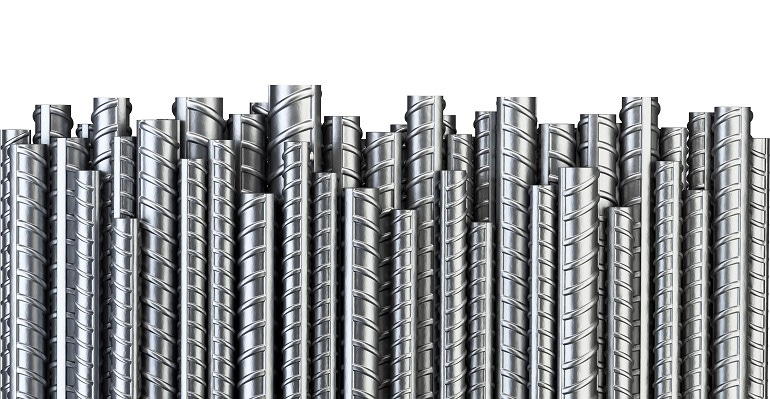Rising Material Prices
Price increases for steel, lumber, sealants, and geotextiles are a threat to contractor profitability.
March 17, 2021

This article was revised on March 26 to better reflect the situation with Bierschback Equipment & Supply.
Prices for steel, lumber, sealants, and geotextiles have risen dramatically over the pat six months. Some of this is due to the rising cost of oil, but other causes include high demand by homebuilders, tariffs, and COVID. Will these prices go back to earth soon or at least stabilize?
An article in The Fabricator, indicates that steel prices have hit record highs, up 160% from August 2020. This article predicts that steel prices will soon begin to decline for the rest of 2021, falling from $1,180/ton to around $600/ton.
Meanwhile Construction Business Owner magazine quotes data form Random Lengths which indicates that softwood lumber prices have risen 112% This caused The Associated General Contractors of America (AGC) to send a letter to President Biden asking for his intervention, most importantly by rescinding tariffs on Canadian lumber imposed in 2017.
We’ve also recently received notices from material suppliers of price increase and their intent to limit price quotes to a 30-day duration or even less. Crafco states that hot-pour sealant prices are tied to oil price increases and that their customers should anticipate increases. Bierschbach Equipment & Supply sent a similar letter to its customers indicating that the price of the raw materials used to manufacture geotextile fabric has risen over 300% since mid-2020 due to material shortages, high demand, the pandemic, and the recent Texas weather cirses. Bierschbach will therefore put very short timelines on quotes in the future but will work closely with its customers."Our goal is to provide you with the products and service you expect and deserve," wrote Bierschbach president Chad O'Donnell.
Now, a shortage of form ties is hampering home construction. How could such a simple part go out of stock? Jim Baty, executive director of the Concrete Foundations Association, explains it this way: “The record level of housing starts in 2020 has combined with significant factors such as purchasing practices, raw material depletion and tariffs on imports as well as the pandemic’s impact on both shipping and manufacturing. CFA is spearheading an unprecedented collaboration effort to offer as many solutions as possible to ensure minimal disruption to the marketplace while also maintaining quality and construction worker safety.” Click here for more on the form ties shortage.
Construction activity continues to be strong, but threats are everywhere.
You May Also Like


